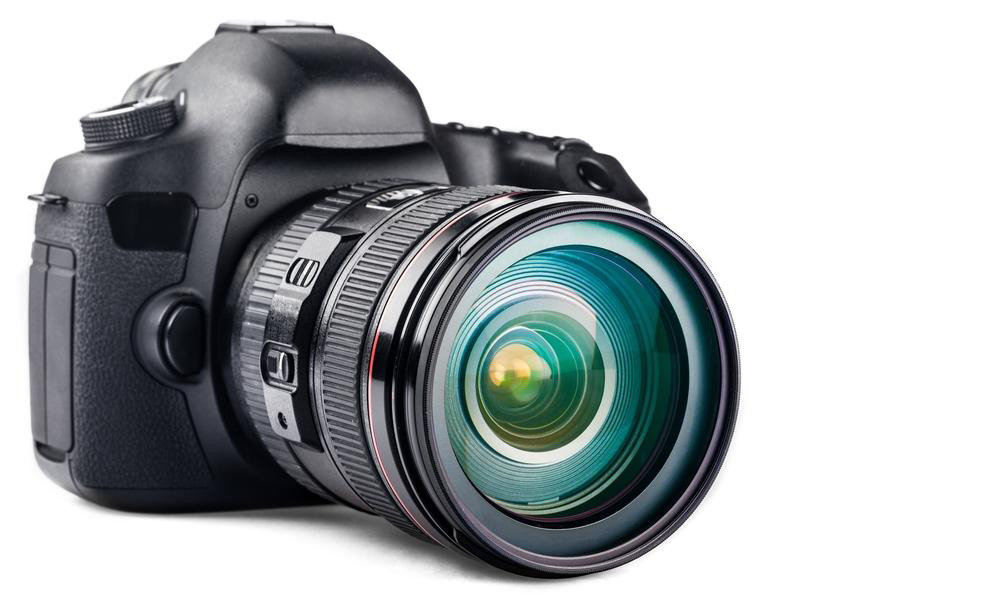Zoom in to the history of camera
The oldest known photograph was taken back in 1826 on a block of Bitumen of Judea, by Nicephore Niepce. The photo was taken using a pinhole camera, which was Nicephore Niepce’s own make on a sheet of paper coated with silver chloride. Unfortunately, there was no knowledge about the removal of the unconverted silver chloride or of fixing the converted silver chloride. The photograph thus could not be preserved.
Origins
The two critical principles of camera and photography were known long back in history in camera obscura, literally meaning a darkened chamber, and that certain compounds reacted to light.

The following years
In 1685, Johann Zahn envisaged a device that was small and portable enough to be practical for photography. However, it took close to a century and a half before that materialized. Throughout the 19th century, developments continued in the field of photographic film which ultimately resulted in the revolutionary roll film. Camera development kept pace with that of the film to use the plate and cut films which were the predecessors of roll film. In 1888, George Eastman introduced his first camera called Kodak. It was a simple box camera with fixed focus lens and a single shutter speed. With its lower price, it soon became very popular. It came preloaded with 100 exposures and had to be sent back for developing and reloading. By the end of 19th century, Eastman has several models of cameras both box and foldable. In 1900, Browne, an expensive box camera which used roll film was introduced.
In spite of all the developments, the photographic plate did maintain its hold on quality photographs and many professional astro-photographers patronized it to the end of 20th century when digital cameras took over the field.
Tag: Camera and Camcorders.